Planting pears in spring is the most successful way to grow
Pear takes pride of place among gardeners. Basically, experts recommend planting in the spring. To do this, you need to choose the right place, seedling and carry out the planting procedure. If all these stages are carried out according to the rules, then you can ensure a good harvest.
Content:
Selection of pear varieties
Pear is a versatile fruit that belongs to the pome fruit family. According to the ripening period, pear varieties are divided into summer, autumn and winter. Summer varieties ripen around the end of summer and are stored for a short period of time.
The most popular summer pears include:
- Pear Lada. The fruit is cone-shaped and yellow in color. With good care, the variety produces regular fruiting. The tree is medium in size and has small fruits. This plant is characterized by an increased level of disease resistance, which greatly simplifies their care.
- Pear varieties Tonkoventka belongs to the category of large varieties of pears. The tree is large and has medium-sized leaves. This plant is characterized by a high degree of winter hardiness. The fruits have a tart sweet-sour taste with coarse dry pulp. Fruiting of the variety begins 8-9 years after planting.
- The pear of the Marble variety also has large fruits, the amount of which is about 200 grams. The fruits have an orange-red blush. The tree is characterized by reduced winter hardiness and high yield. Pear taste is delicate, buttery, aromatic. After planting, this plant begins to bear fruit in 6-7 years. If watering the pear is insufficient, then it will drop leaves in small quantities. At the same time, the yield is significantly reduced.
- New Year's variety of pear is characterized by small fruits, the weight of which is about 130 grams. This variety is characterized by high yield and winter hardiness. The fruit has a short shelf life. After two weeks after ripening, the fruits are observed to deteriorate. The pulp of the fruit has a juicy, creamy and pleasant taste.
- In our country, the Central Russian variety is quite popular. pears... It is characterized by good winter hardiness and yield... The fruit has a semi-oily pulp, which is characterized by a low spicy aroma, medium density and tenderness. The fruit is pear-shaped and green-yellow in color. Fruits ripen at the beginning of September.
- Botanical pear is a rather unusual variety, which is characterized by average tree height and high winter hardiness. It has a yellow-green base color and a rough skin. The fruit ripens in the first half of September. It is stored for two weeks after ripening.
The pear is a versatile fruit that tastes good and has a pleasant aroma, regardless of its variety.
The choice of a variety of this plant before planting directly depends on the wishes and requirements of the gardener.
The best place to land
Pear is very fond of light. That is why, for planting it, we choose a well-lit place, which is characterized by the absence of shading.The culture must be planted in places that are characterized by the absence of stagnant water. The area for planting pears should be not only dry, but also flat. To ensure full pollination in one area, disembarkation several varieties of plants in the same place.
The pear loves a loose substrate, which is characterized by water and air tightness.
Such soil will retain moisture in the root area of the plant, which will ensure full growth and development. In order to ensure the highest quality fruiting, it is necessary to enrich the soil with a variety of nutrients. Planting plants in areas characterized by a high location of the groundwater level is strictly prohibited. This is due to the fact that in winter the water under the ground freezes, which negatively affects the wintering of the plant.
Poor pear growth is seen in shading. That is why, before planting a pear, it is necessary to retreat 3 meters from the buildings. The distance between trees should be on average 5 to 6 meters. This will ensure not only the right crown formationbut also rich harvest.
Planting a seedling
The pear is planted in a special planting hole. It is dug up according to the size of the plant roots. The hole is dug in such a way that pear root system it fit freely. If the roots in the hole are broken or bent, this will negatively affect the plant's non-survival. After digging a hole, nutritious soil is laid on its bottom. It should include superphosphate, humus, potassium sulfate.
If the plant is planted on coarse soil, then coarse sand is added to it.
Before planting a plant, a peg must be driven into the planting hole. Its height should be about 50 centimeters. It is driven in from the south side. This will limit overheating of the plant in summer and protect the plant from sunburn during early spring. The peg provides a high level of resistance to a plant that has not yet taken root.
This completes the preparatory stage of planting the pear. It is characterized by simplicity, which allows it to be used by a master without relevant experience.
Gardeners' recommendations
The planting process is divided into several stages, which include:
- Preparing a seedling requires cutting the strongest and thickest roots. Next, the top is cut off by 10-12 centimeters.
- The seedling should be straight stick, which is characterized by the absence of leaves and branches. Its height should average between 70 and 80 centimeters.
- Next, you need to place the seedling in water for one hour.
- The soil taken from the planting pit should be mixed with ash in a 1: 1 ratio. It should have such a consistency as liquid sour cream. It is necessary to soak the roots in the resulting mixture. seedlings... The remaining mixture must be laid out on the bottom of the pit and sprinkled with damp earth.
- Next, the seedling is installed in the hole itself. This action is performed in such a way that the root collar is not excessively deepened. It should be flush with the topsoil.
- In order for the pear to be planted as accurately as possible, it is necessary to make a mark on the hammered peg. The root collar should be at the same level from this mark. Also for this purpose, a board or block can be used, which are installed on the edge of the pit.
- Next, the pit is filled to such an extent that the tree is strengthened.
- Then 10 raw whole eggs must be placed around the perimeter. After that, the pit is covered with ordinary earth in such a way that a tubercle is obtained. After watering, the tubercle will straighten.
- The cut that is on the top of the seedling must be covered. For this purpose, a garden pitch or a previously prepared soil mixture is used.
- The trunk must be tied to a peg, which is washed off prematurely.
- After planting this plant, it is necessary to produce it watering... Pour at least 2 buckets of water under one tree.
- The pear after disembarkation requires mulching soil. For mulch, peat, paper, compost, needles or sawdust can be used.
Thanks to the use of eggs in the planting pit, the pear will be provided with useful substances for a sufficiently long time. That is why, after planting, the plant will not need to be added in the first year feeding... If there are no whole eggs at hand, then you can use eggshells for fertilization.
Planting a plant in the spring is quite simple. This allows even an inexperienced gardener to perform this action. Due to the planting of a plant in the spring, the level of its survival rate increases significantly.
More information can be found in the video.



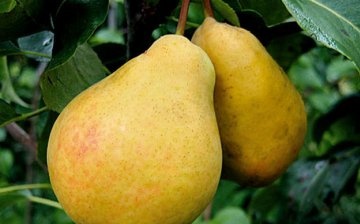
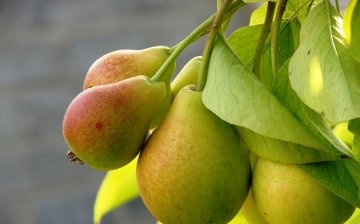
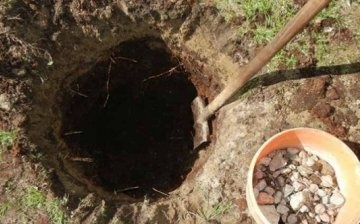

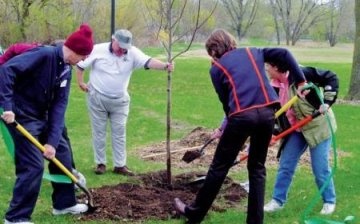





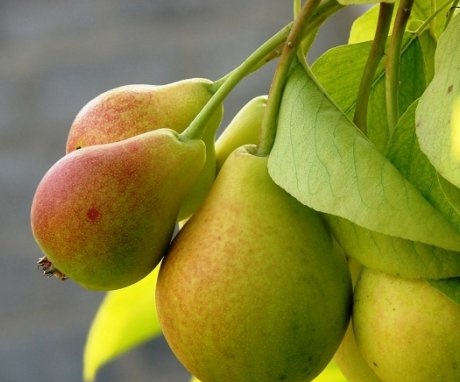
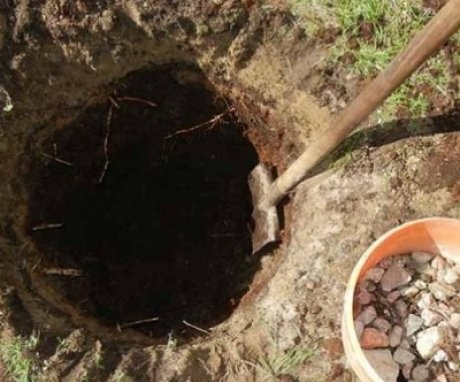

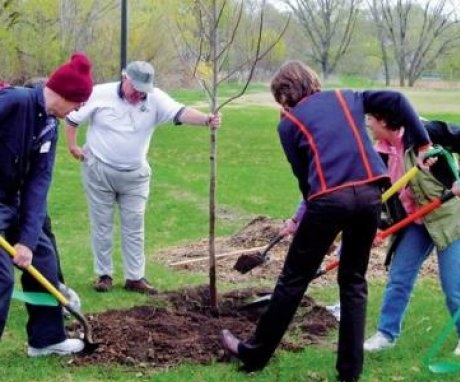
I just love the pear. For two years in a row I tried to plant a couple of seedlings at home, but they did not take root in any way. Now I realized that I was not planting them correctly and therefore they did not take root in me. I will definitely try again in the spring.